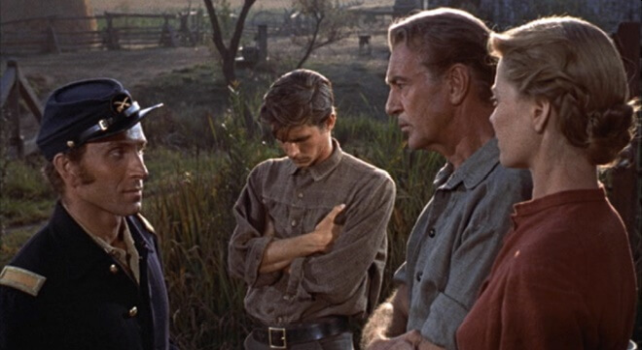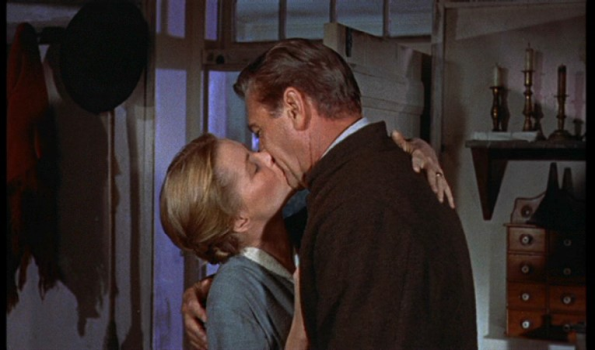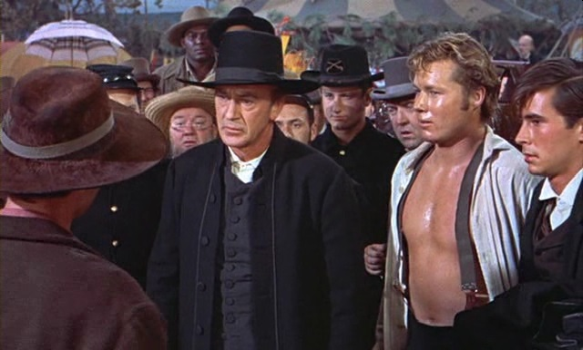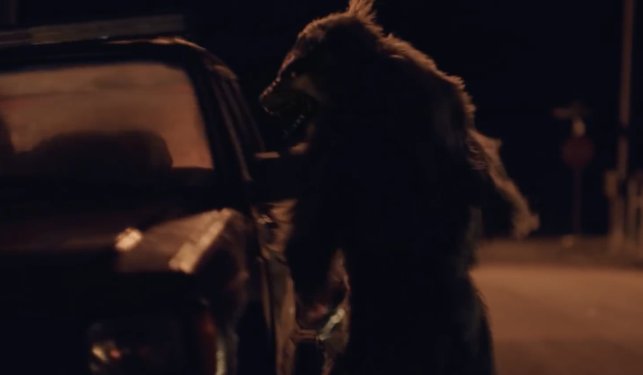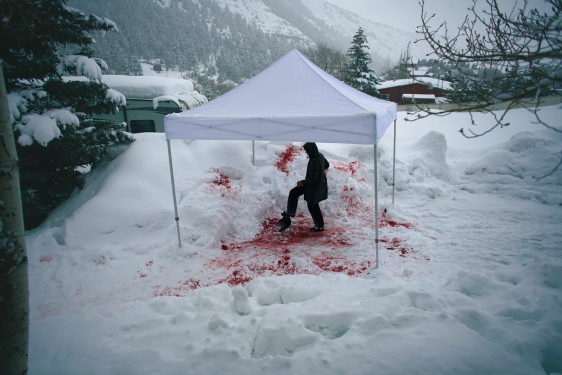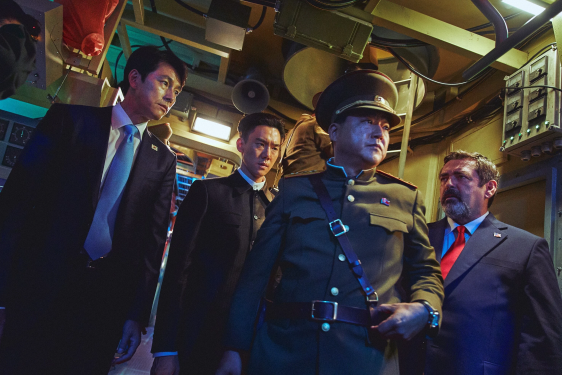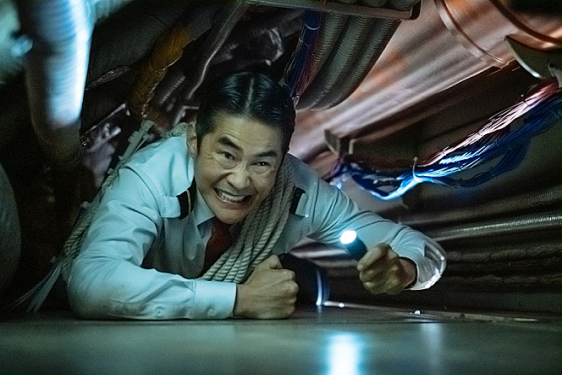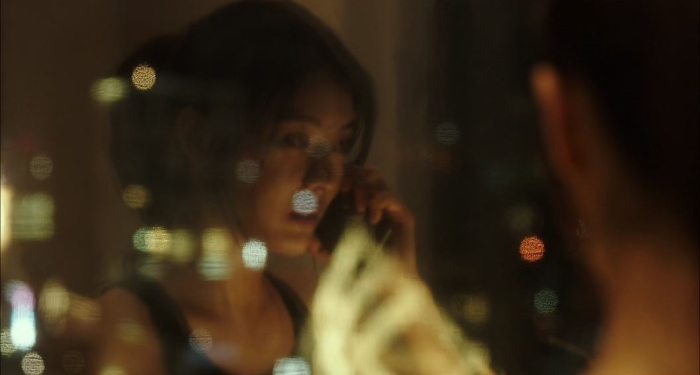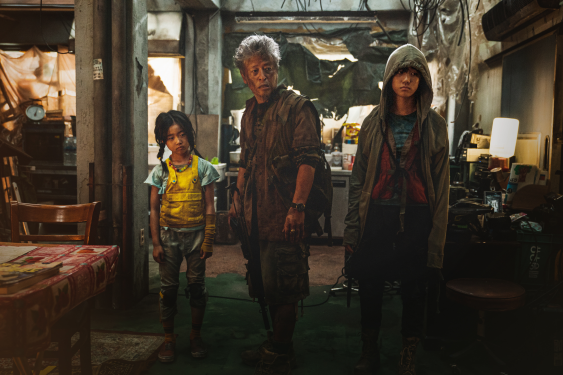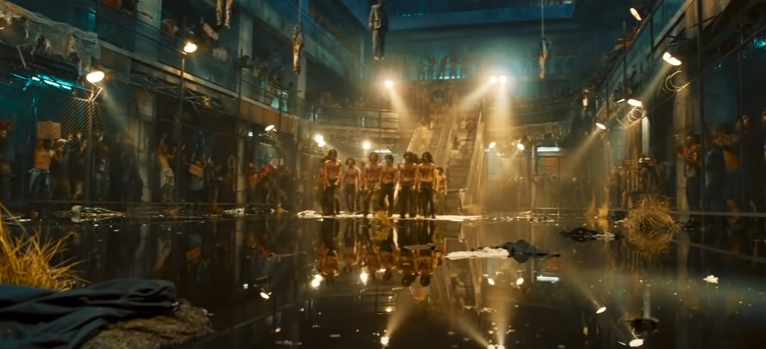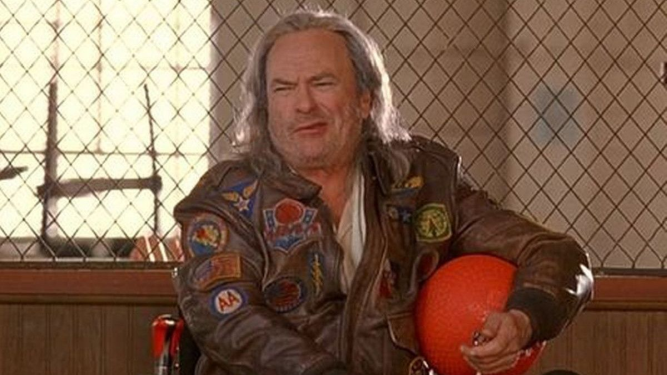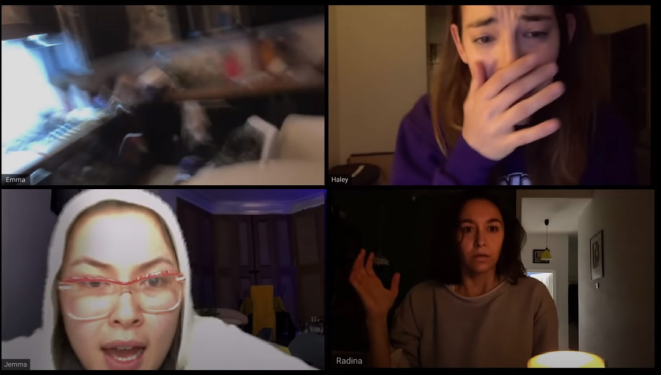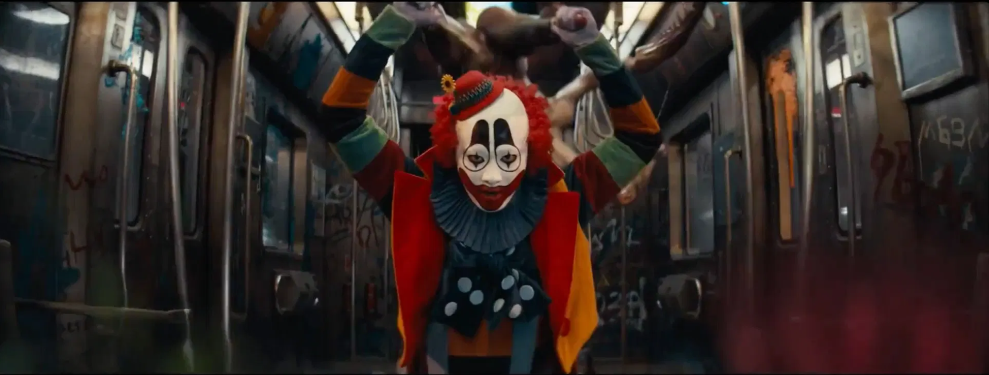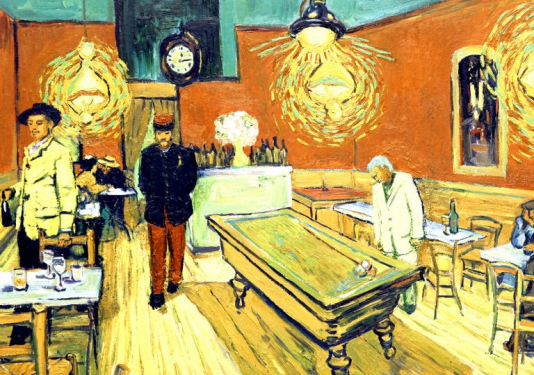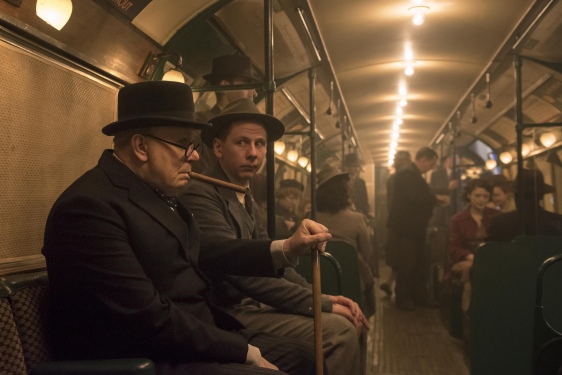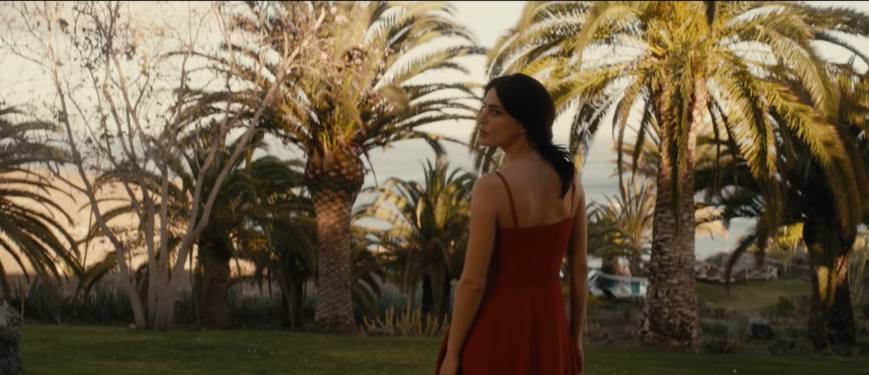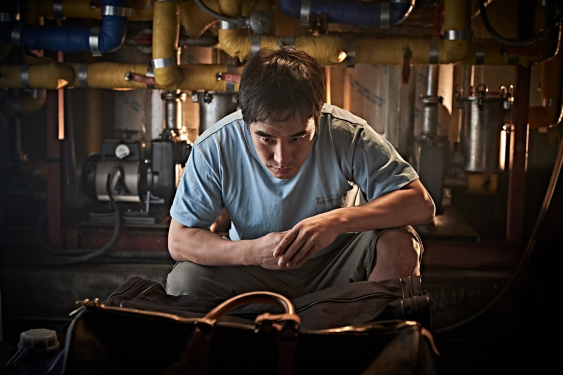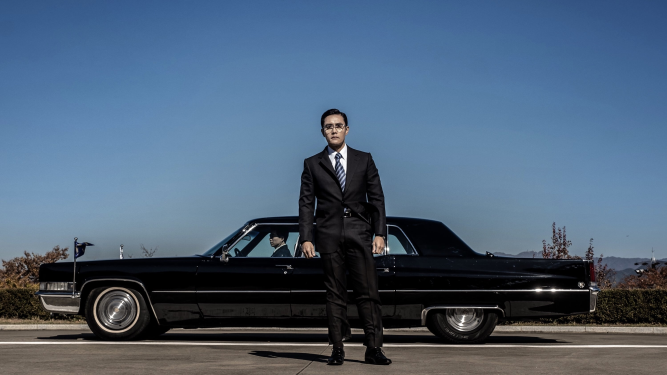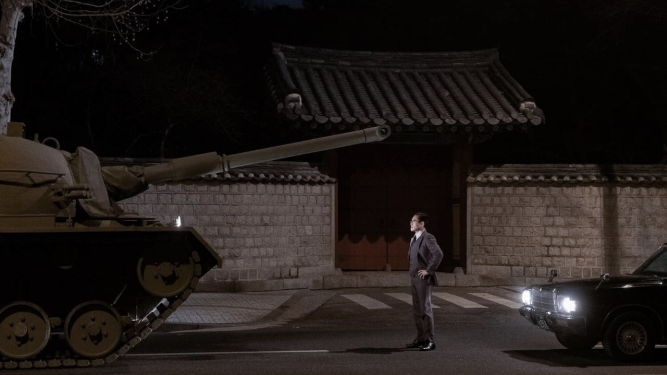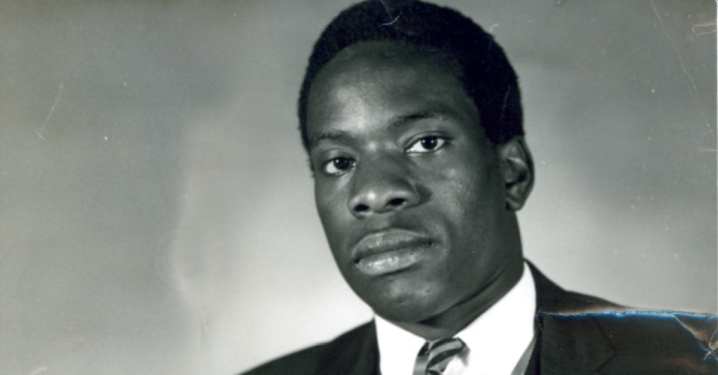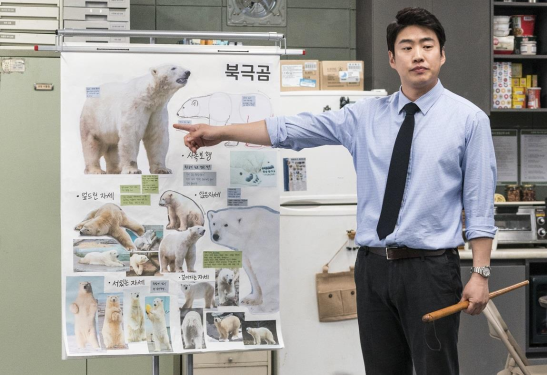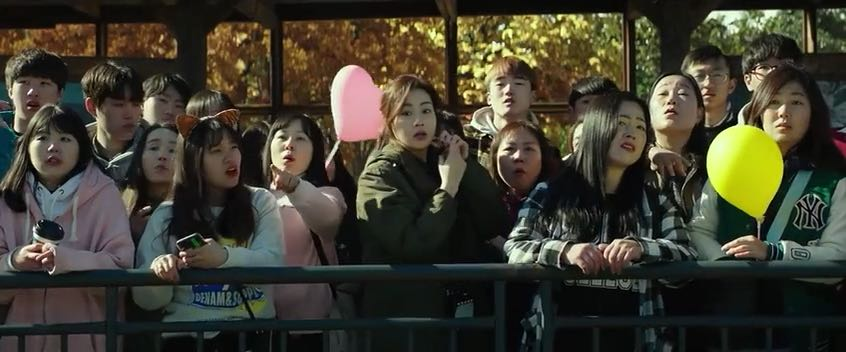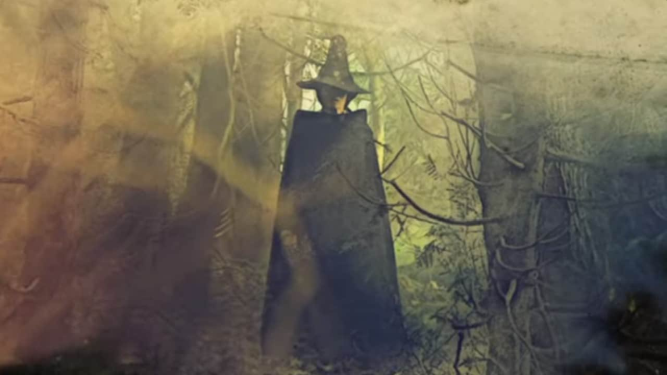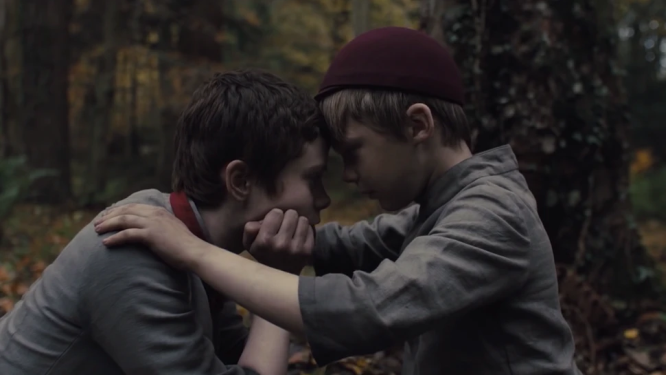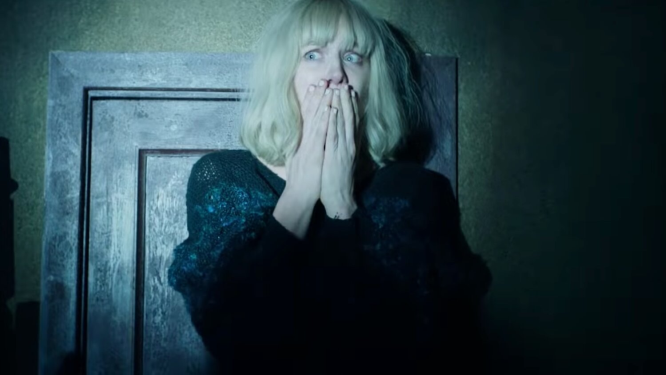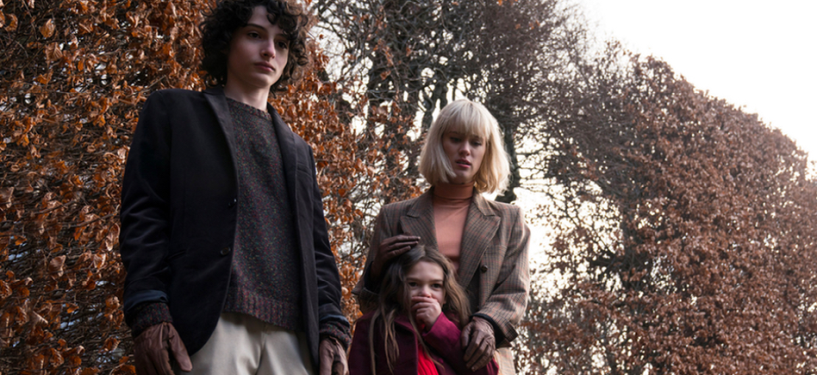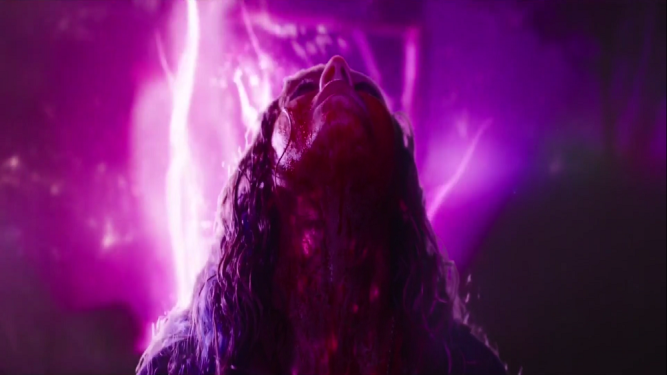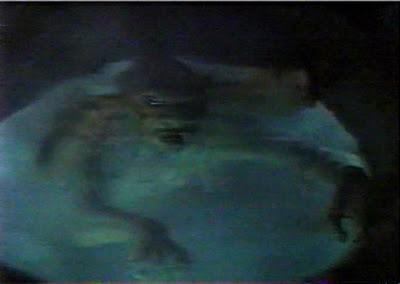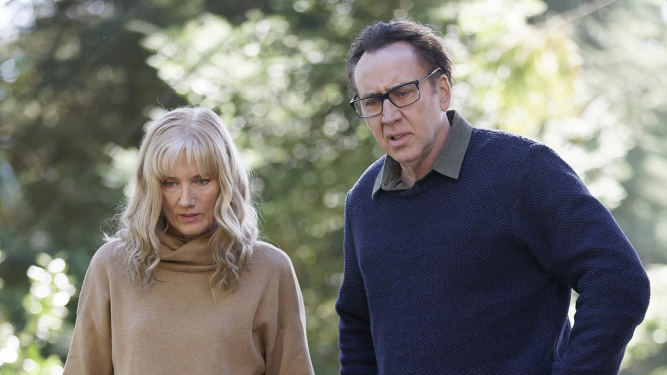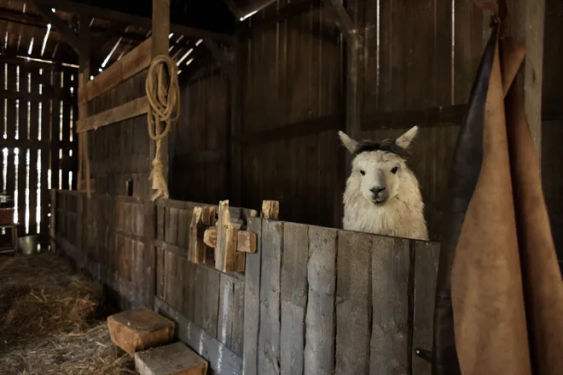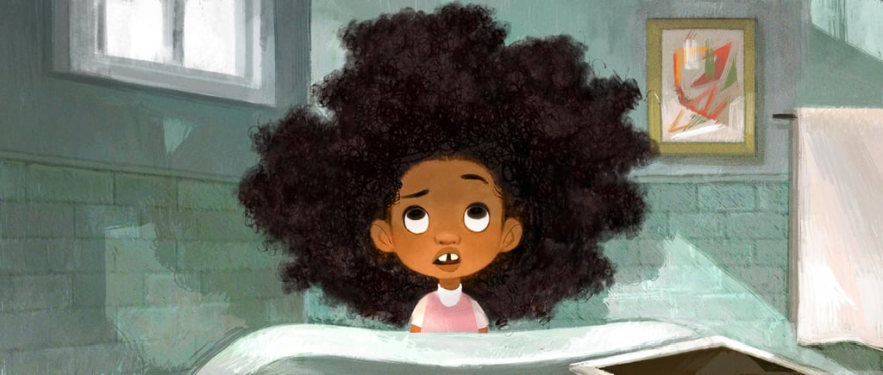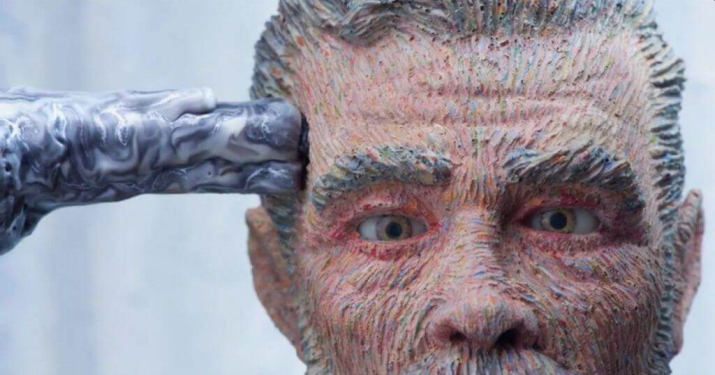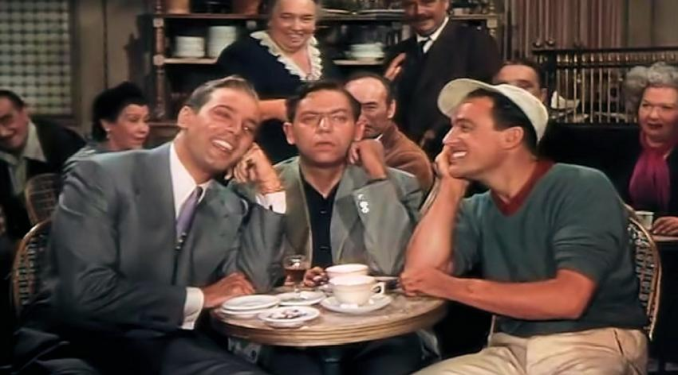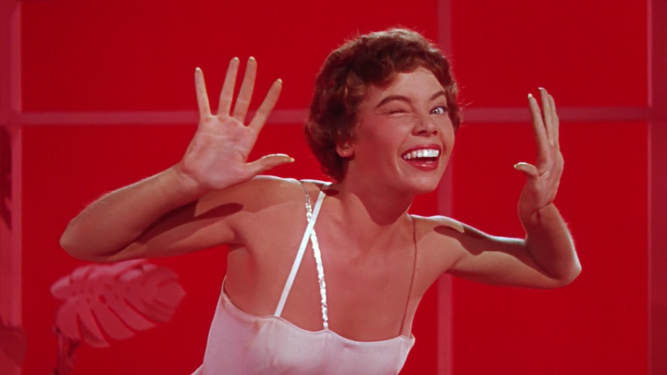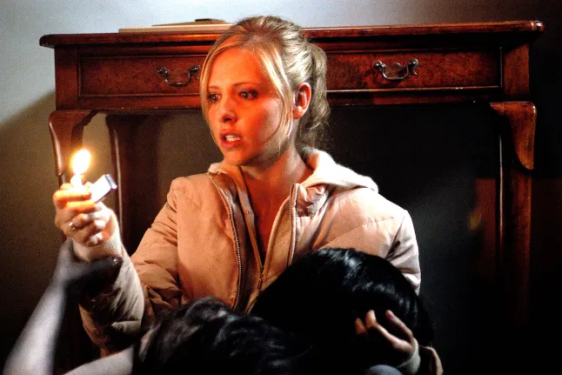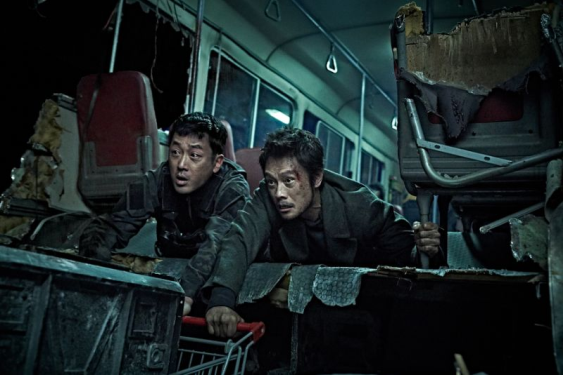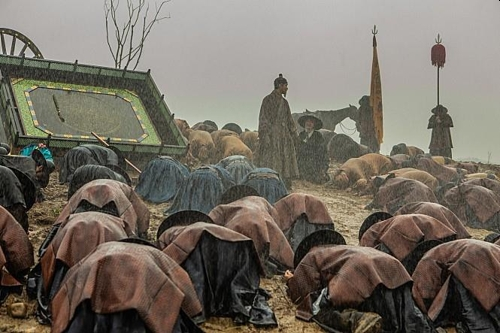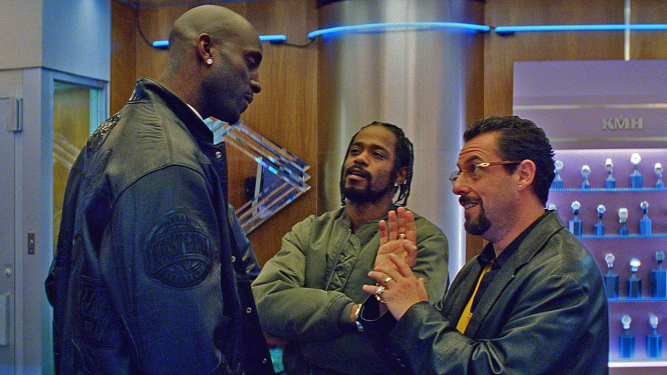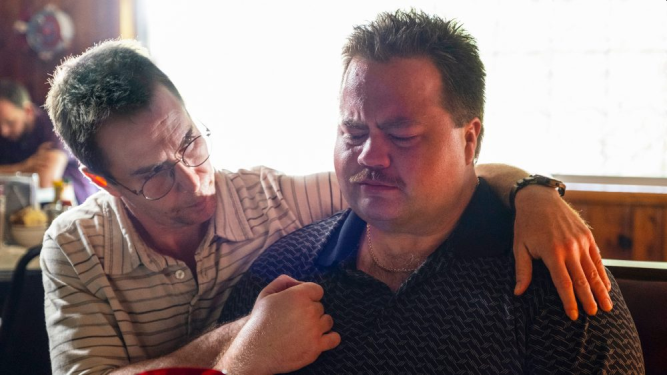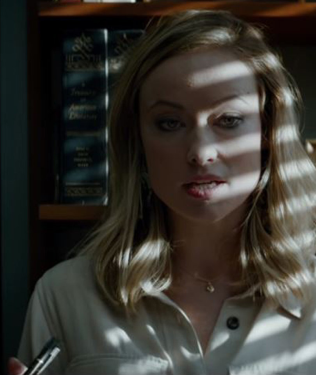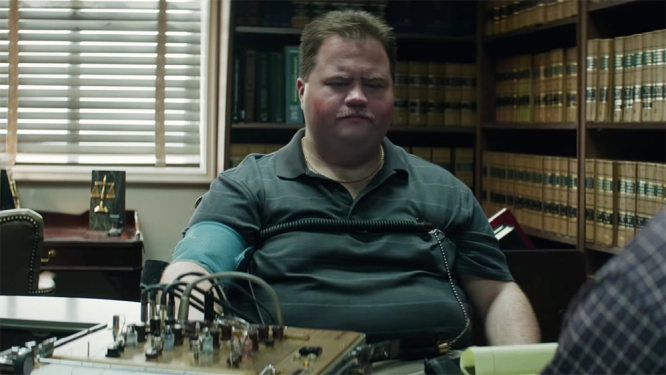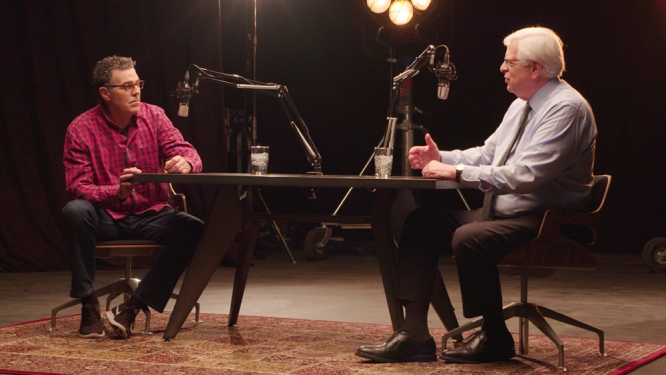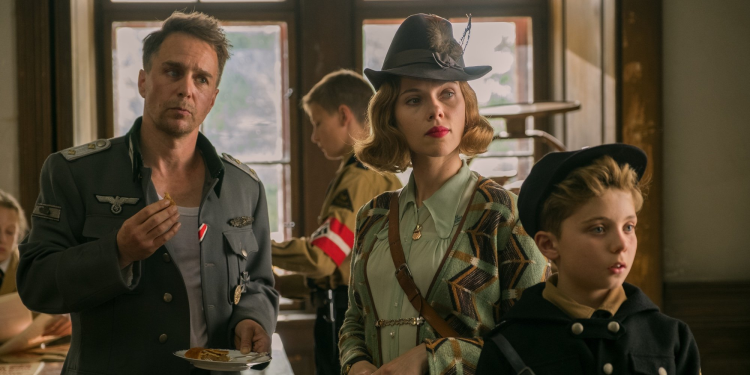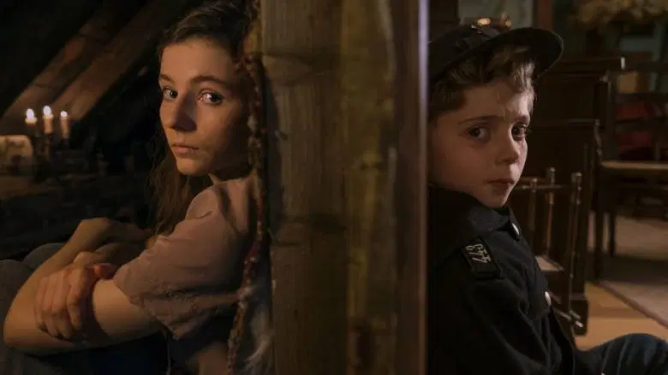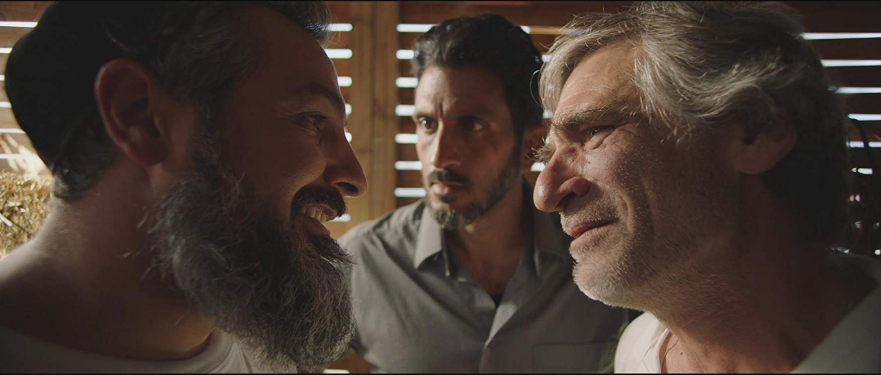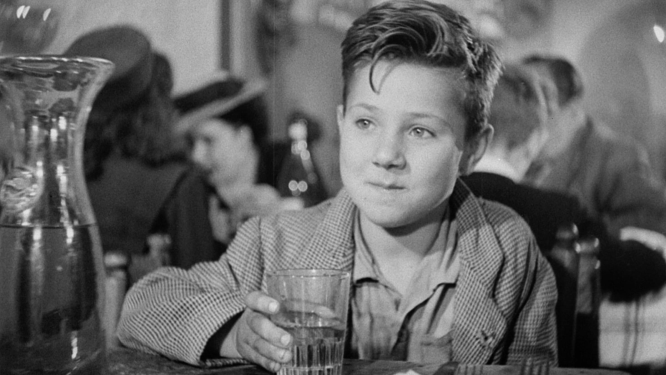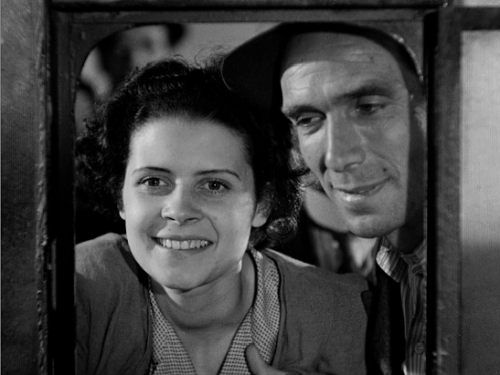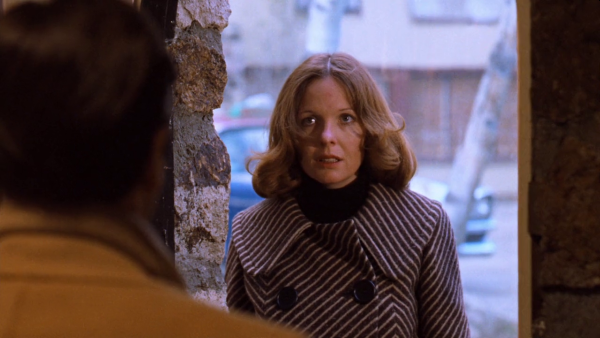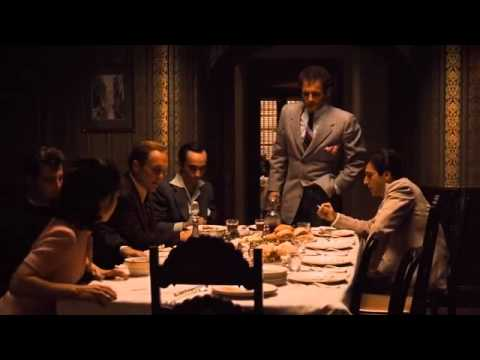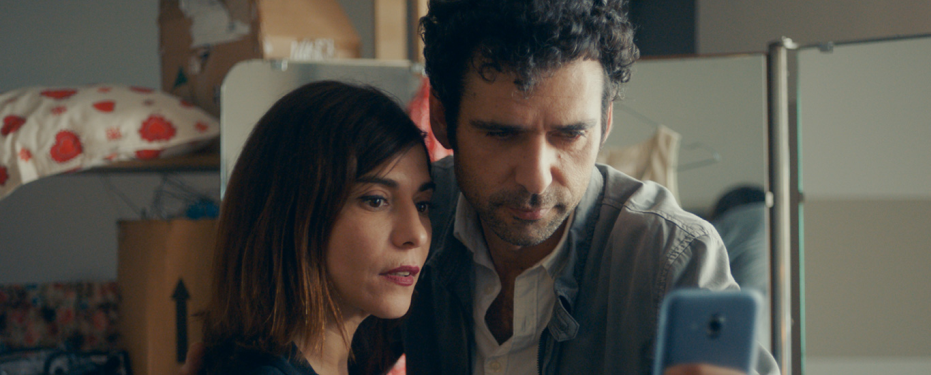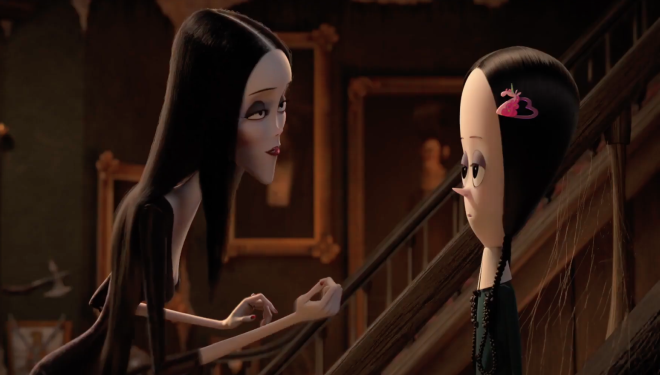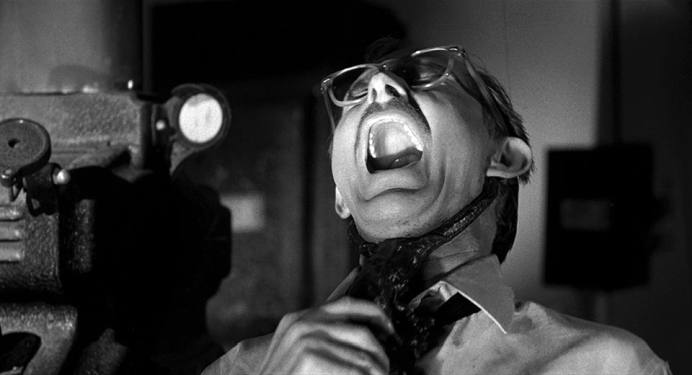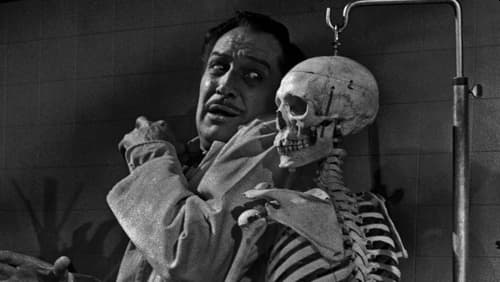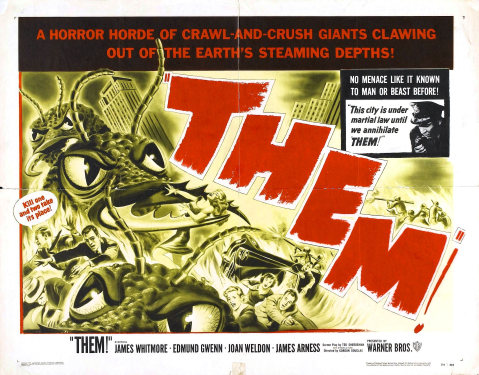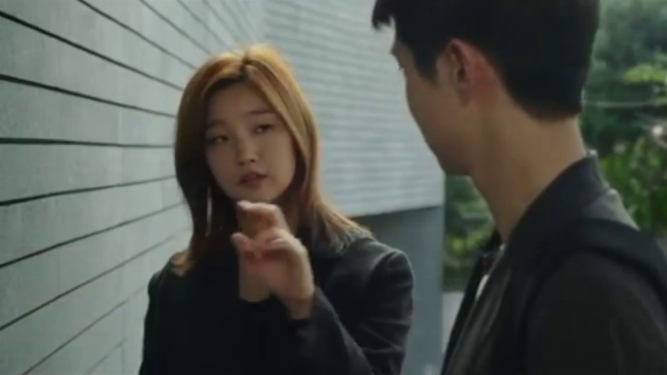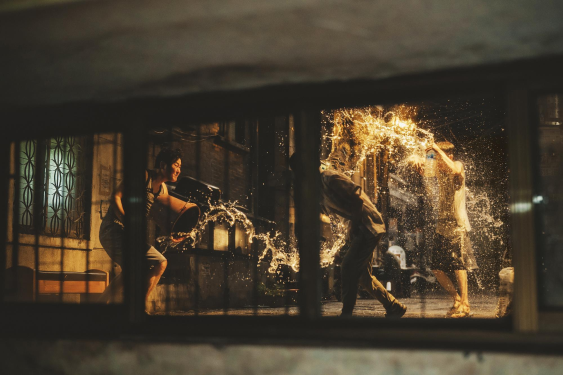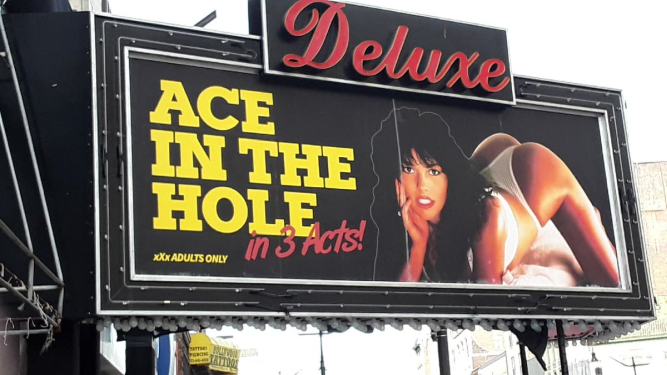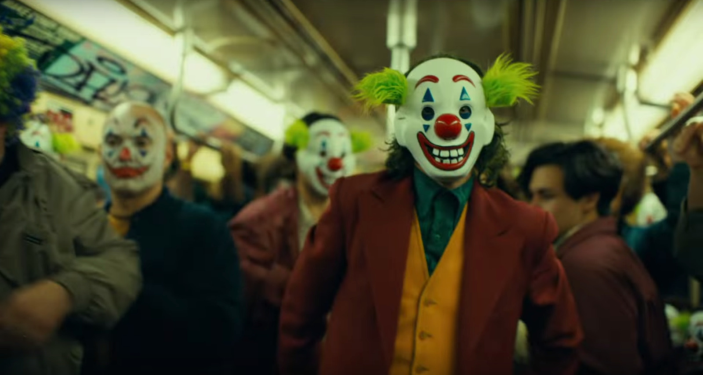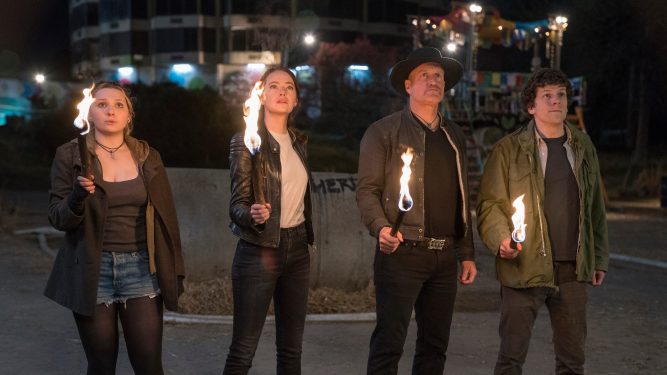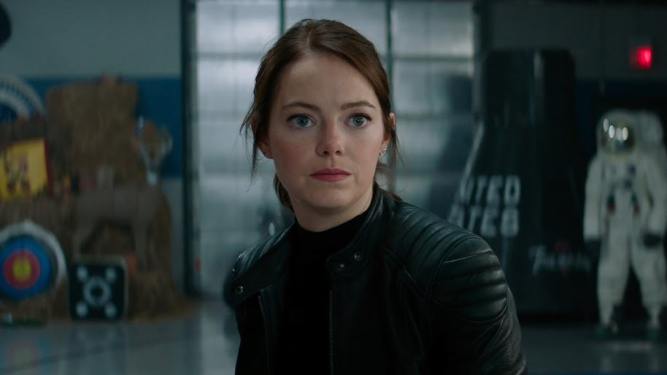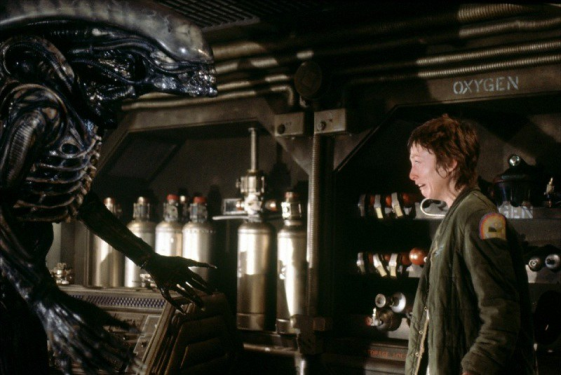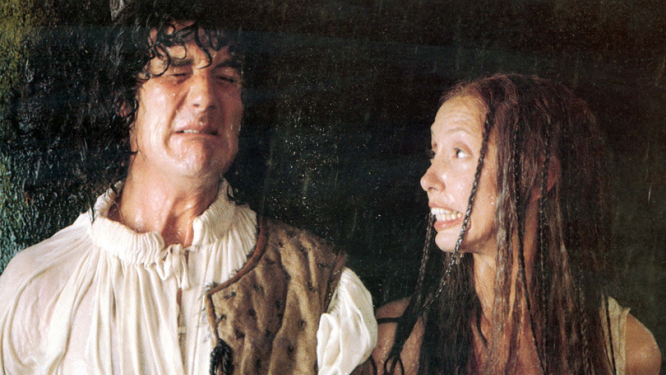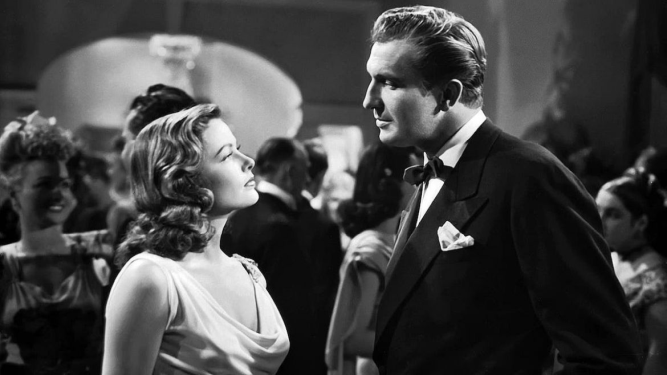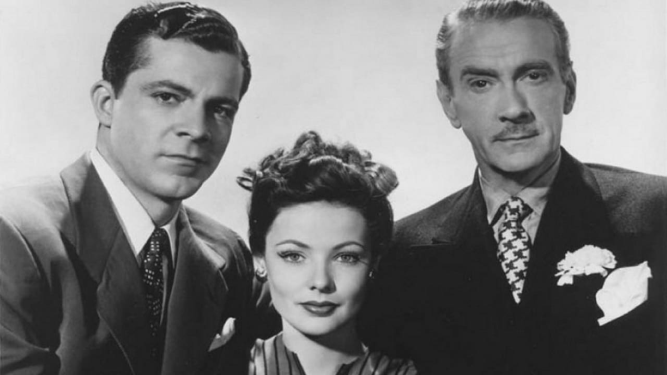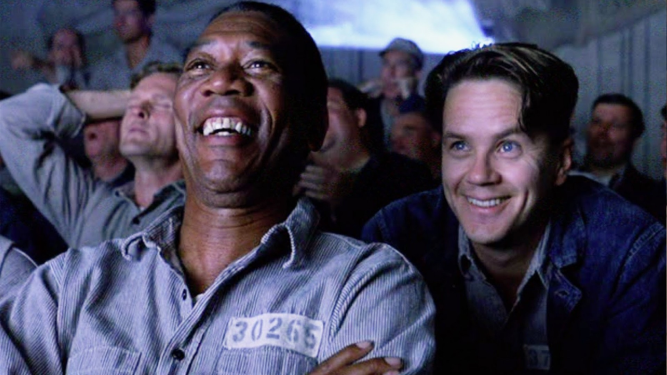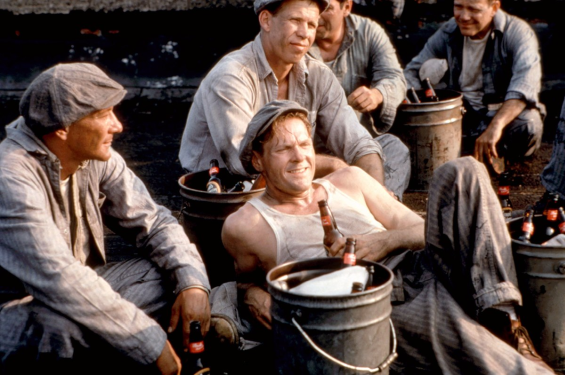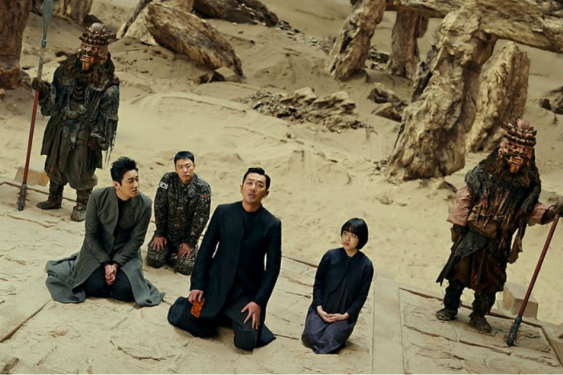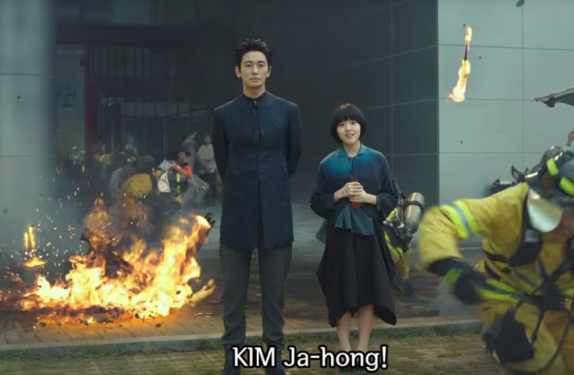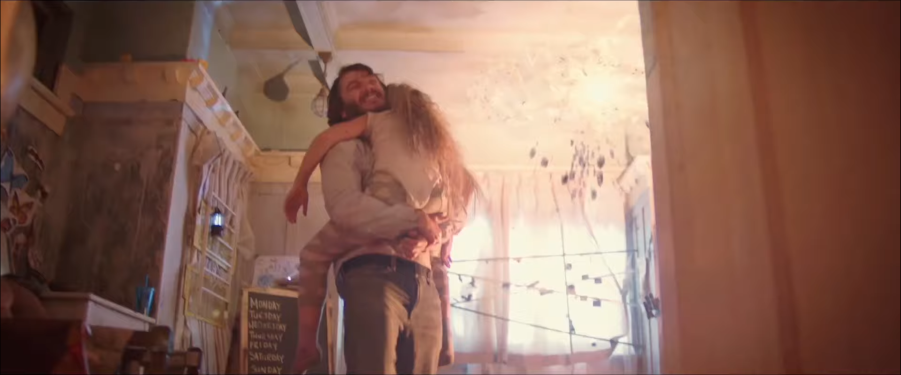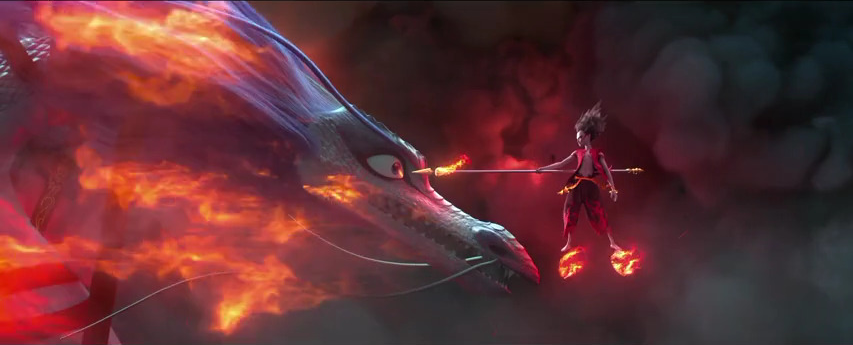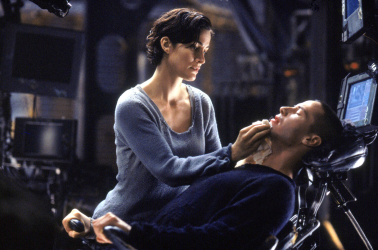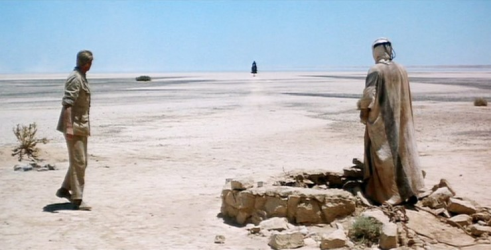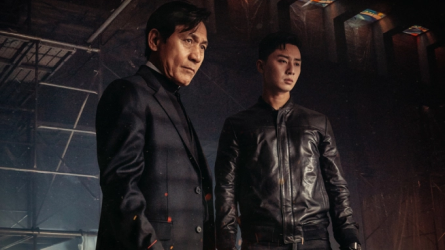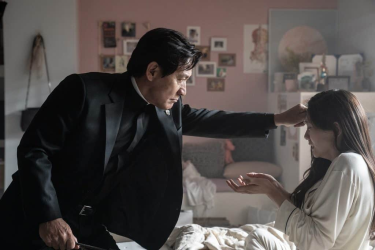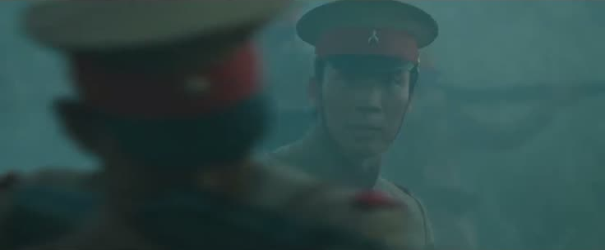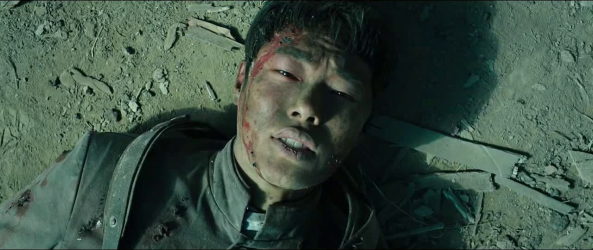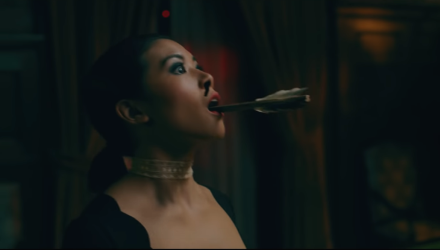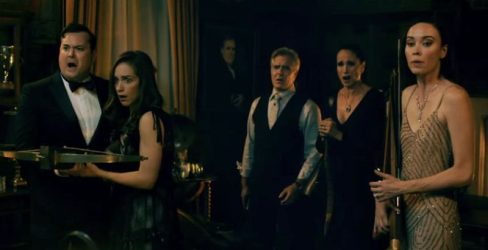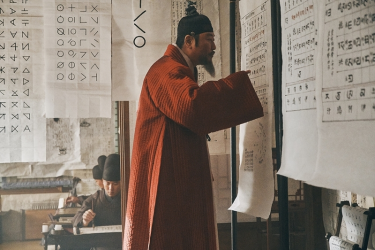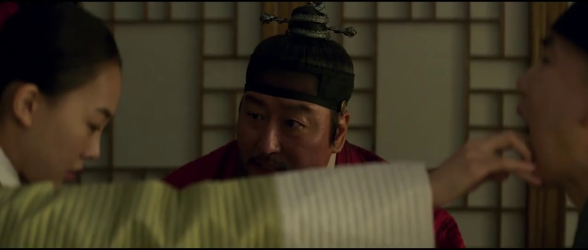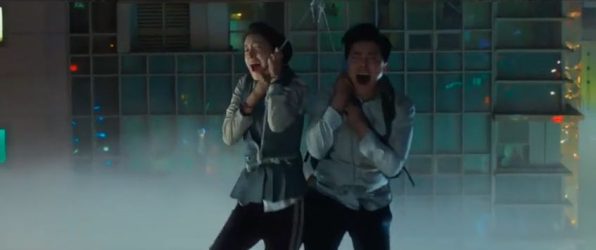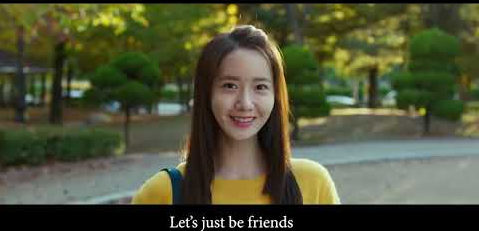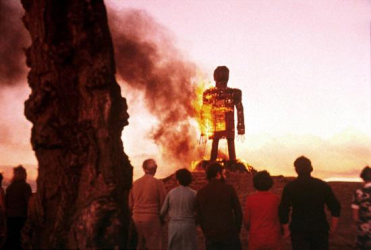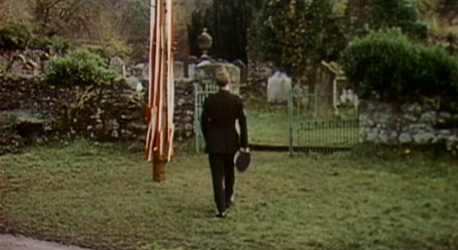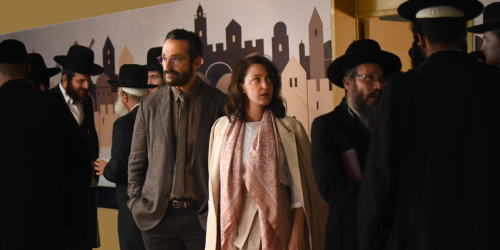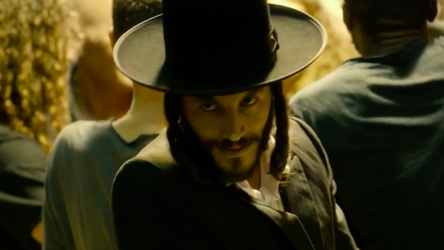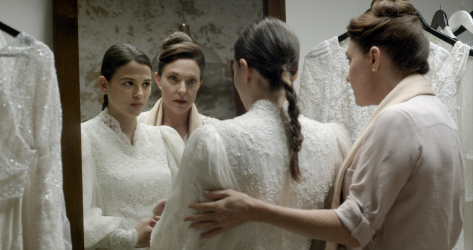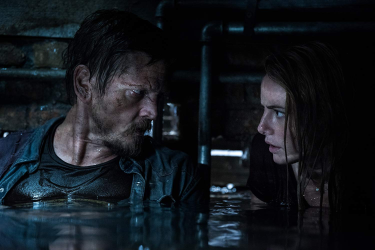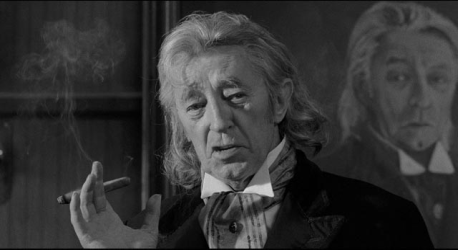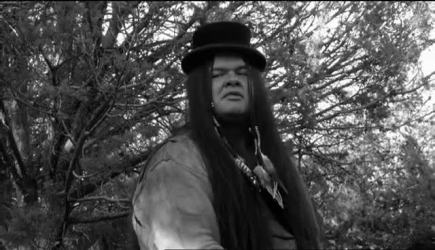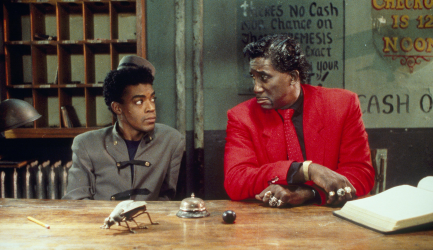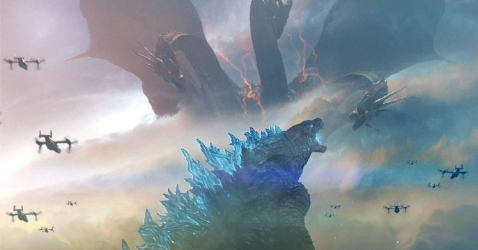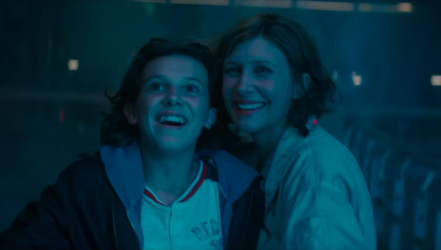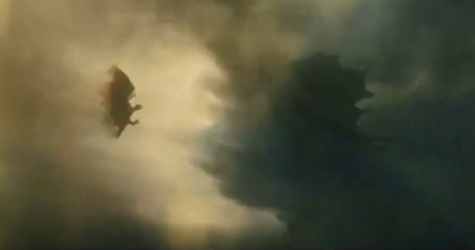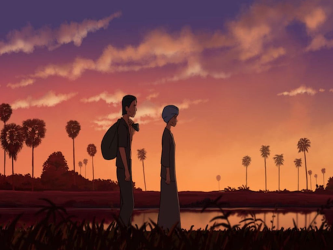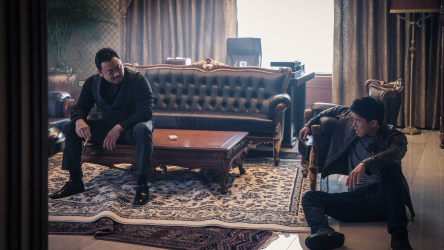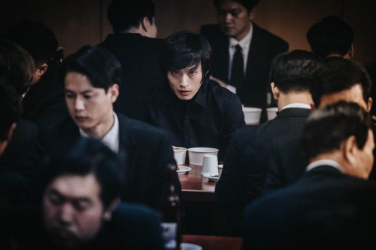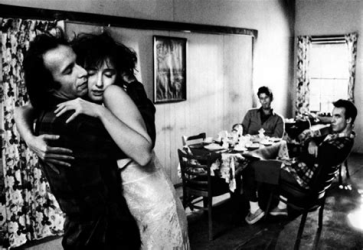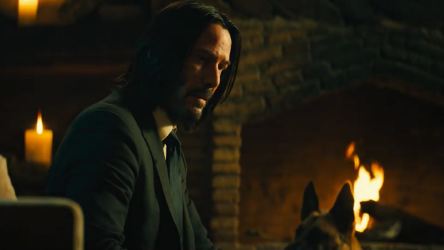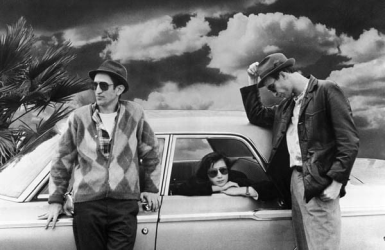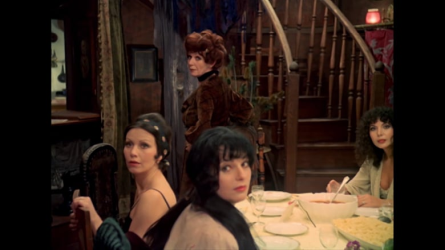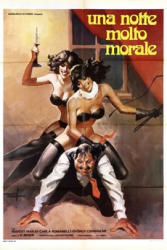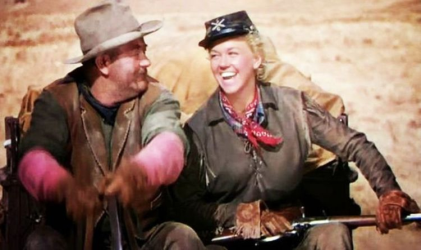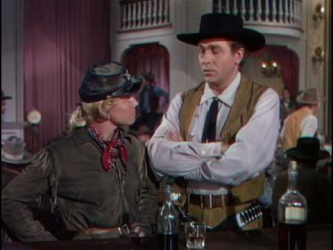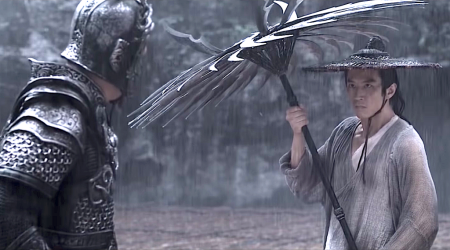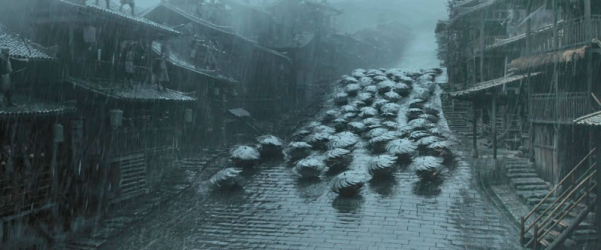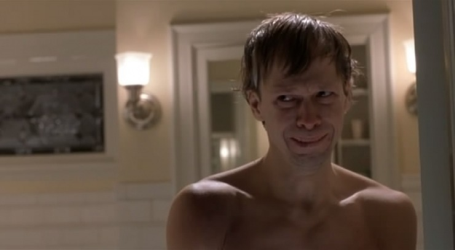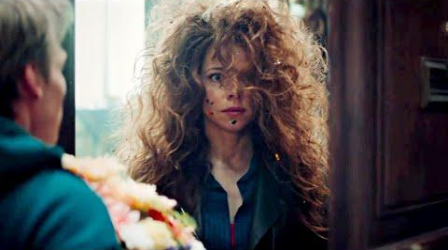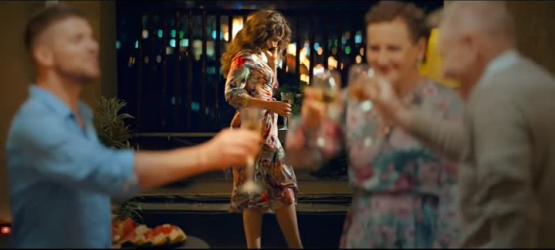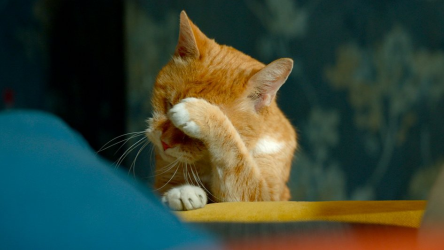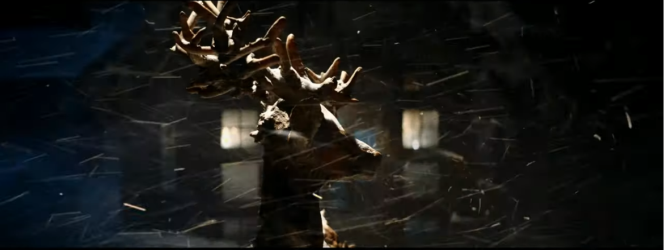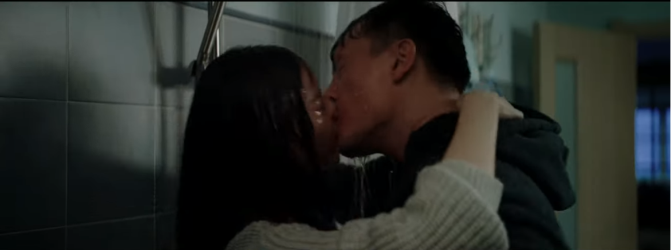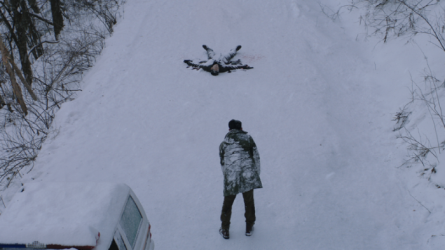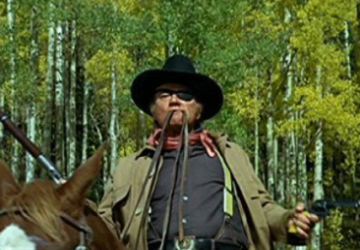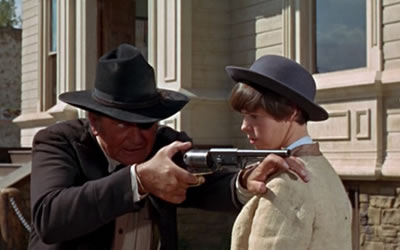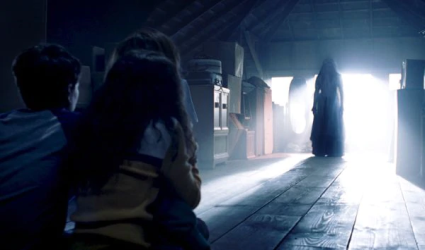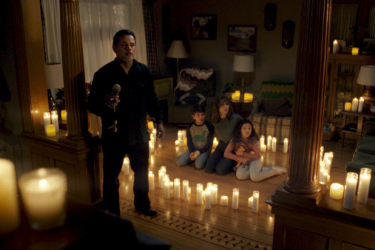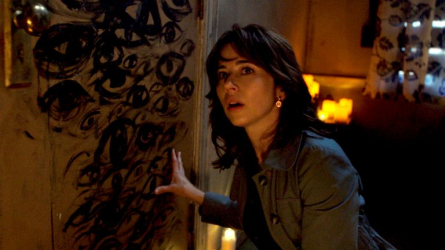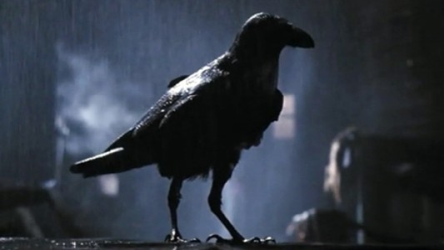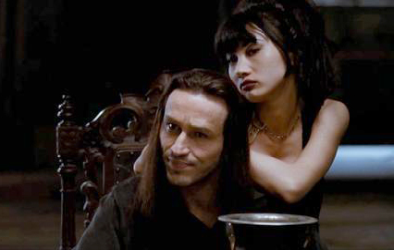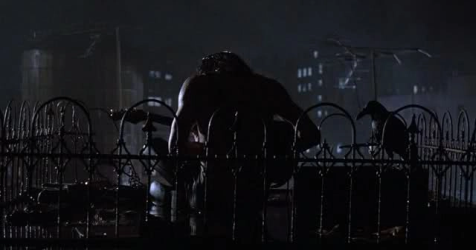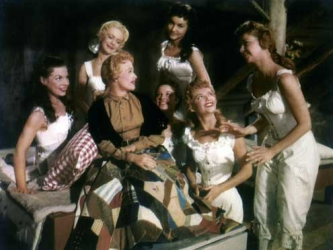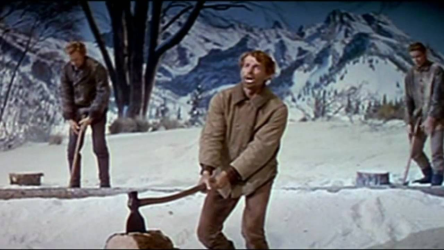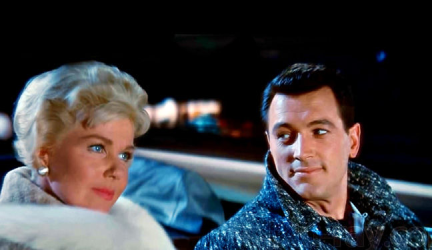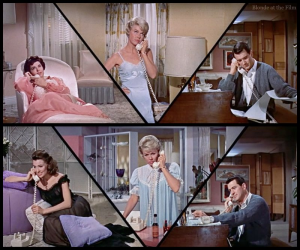Pickings, as noted, have been slim, though they were much fatter a few weeks ago before The Tyrant Newsom capriciously shut everything down again, and we had a chance to trek out and see a double-feature. The first feature was John Wick which the kids actually hadn’t seen (I couldn’t get them to go with me the first time). There was an interesting movie from the people who did Secret of the Kells and Song of the Sea, but with 6 of 30 seats already taken, the three of us couldn’t get tickets because that would exceed 25% capacity.
But The Flower (and to a lesser extent The Boy) was semi-intrigued by this horror remake of Freaky Friday. As she said, “It’s not like it’s a classic that they’re screwing up, Dad.” It’s a fair point: Her version of the movie is the cute-but-not-classic Jamie Lee Curtis/Lindsay Lohan, whereas mine is the also cute-but-not-classic Barbara Harris/Jodie Foster version. The premise, if you don’t know, is that a mother and daughter, frustrated with their impressions of how easy the other’s life is, end up swapping places. Body swapping in the movies goes back at least to the Thorne Smith story Turnabout (which Hal Roach made into a cute movie with Adolphe Menjou and Carole Landis), where it’s a frustrated husband/wife swap.
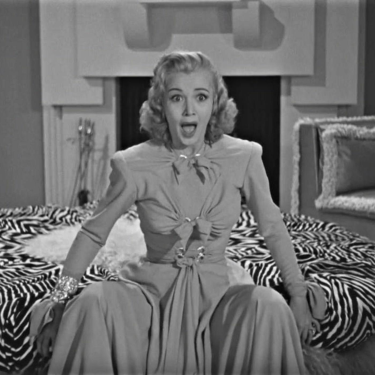
Carole Landis manspreads in “Turnabout”.
But in this case, instead of swapping with her mother, our teen heroine Millie (Kathryn Newton, Three Billboards Outisde of Billings, Montana and Lady Bird) swaps with the crazed slasher who is trying to kill her, thanks to his recent acquisition of a Zuni doll or a totem or whatever. Where the usual playbook is for the swapped characters to struggle comically being a fish-out-of-water in their unfamiliar surroundings, in this case—well, it’s exactly the same here, just one’s a psycho.
Now, really, this is pretty much an actor’s storyline. It had a lot more “bite” back in 1940, but seeing Adolphe Menjou flounce around while Carole Landis “manspread” in Turnabout is that movie’s primary entertainment value. I don’t remember the ’70s version well enough to say much about the acting, but I remember being disappointed by the ’00s version, because Jamie Lee Curtis’ has so many easily imitable mannerisms, and the “swap” doesn’t change either hers or Lohan’s at all. (Annette Benning dropped out of the role just six days earlier, which may account for this.)
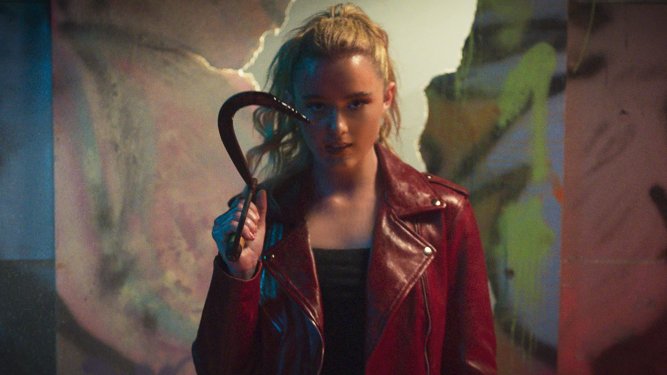
This “Freaky” is about a psycho whereas most are about teen girls and stressed moms and I probably better stop right there.
In this case, Vince Vaughn (whose doesn’t play psycho-killers nearly enough) gets to flounce around like a teen girl (and even kiss a boy though that is thankfully obscured) and Kathryn Newton gets to play a slasher who’s constantly confounded by her sudden loss of strength. I liked this aspect of the film: I mean, it was absolutely necessary that this 105-pound girl not be very physically intimidating for the premise to work, but if the past 30 years of entertainment have taught us anything, any woman can beat up any man at any time using nothing more than girl power. So it was actually kind of refreshing that this movie pointed out the obvious.
The movie opens with a clichéd (almost campy) murder of a quartet of obnoxious teens you’re largely glad to see die, and when you first meet Mille and her two besties, you pretty much want them to die, too. One of the besties is very out gay boy and the other is a soulful-saint black girl, checking off vital diversity boxes—but as with other Blumhouse features, they do extend a bit beyond mere tokenism. The actors (Celest O’Connor and Misha Osherovich) are fine, though the movie couldn’t resist throwing in a closeted football player—I’m almost surprised they didn’t have a closeted Klan member.

Vaughn, 50, is still pretty convincing as a maniac.
Millie is lives in strained circumstances with her recently widowed mother (Katie Finneran, of the underrated 1990 Night of the Living Dead remake) and her snarky sheriff sister (Dana Drori). Mom gets drunk and forgets to pick up Millie after the game and that’s when The Butcher (Vaughn) finds her. The next morning he wakes up in her bed and she wakes up in an abandoned mill. The next hour involves Millie (in The Butcher’s body) convincing her friends who she is and trying to unravel the mystery while The Butcher (in Millie’s body) goes on a killing spree, utilizing his/her new privileges as a cute teen girl. (Of course, any horror fan knows that about 15% of all slashers are cute teen girls but whatever.)
It’s cute, but not classic, much like it’s predecessors. It might end up as my favorite version of Freaky Friday, for what that’s worth. Some laughs, not really any big scares. A fair amount of legitimate suspense as you wonder how they’re going to swap back before midnight (at which point the swap becomes permanent). There is a tension that comes from mixing genres: If it were straight horror, you’d sort of expect them not to switch back or—given that body swapping is a staple of horror far more than comedy—for Vaughn to end up in yet another body, but it still has the same kind of After School Special feel of its predecessors. It’s really hard to imagine good won’t prevail.
The gore is pretty perfunctory as is the (minimal) sex, and it wraps up pretty well in the hour. (I’m seeing now that it’s supposedly an hour and 42 minutes, which I don’t think I believe. At the theater, they had it listed as 85 minutes.) In any event, there’s an end to the movie followed by a denouement which made the movie feel overlong and was a little too “yass kween” for my taste. It doesn’t fit, but it doesn’t really ruin the movie.
We had fun and that’s all we were looking for, even though the theaters themselves are a weird and alienating experience in post-Covid California.
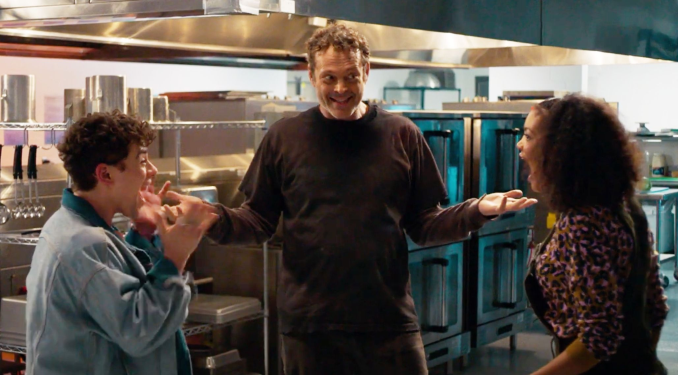
TFW you convince your friends you’re not a slasher on a spree.


